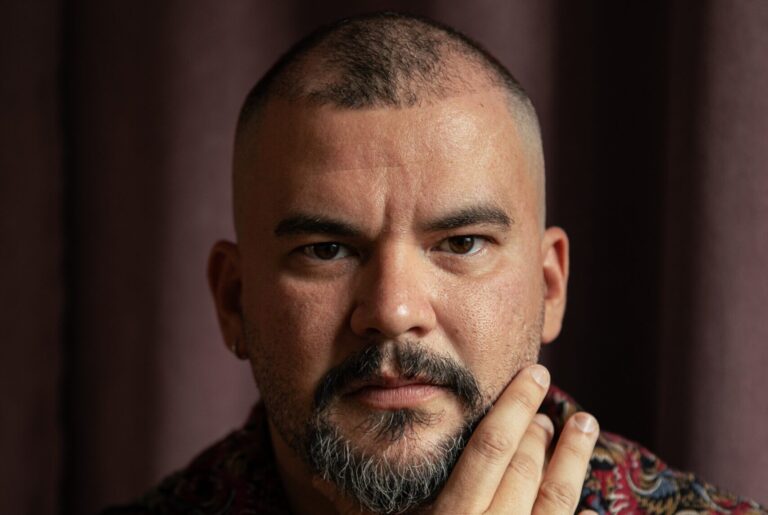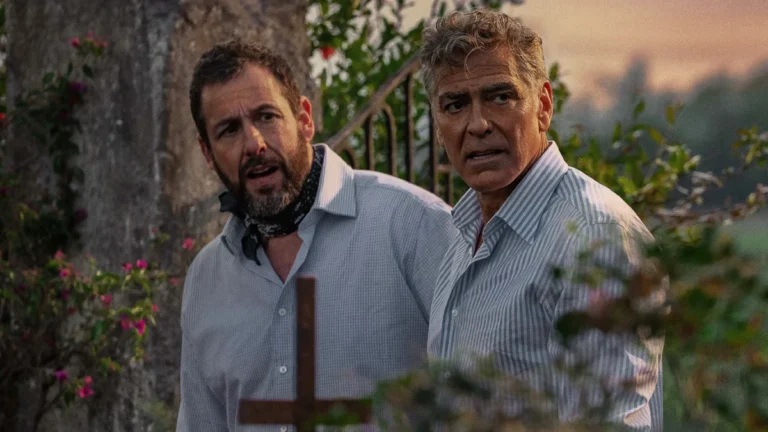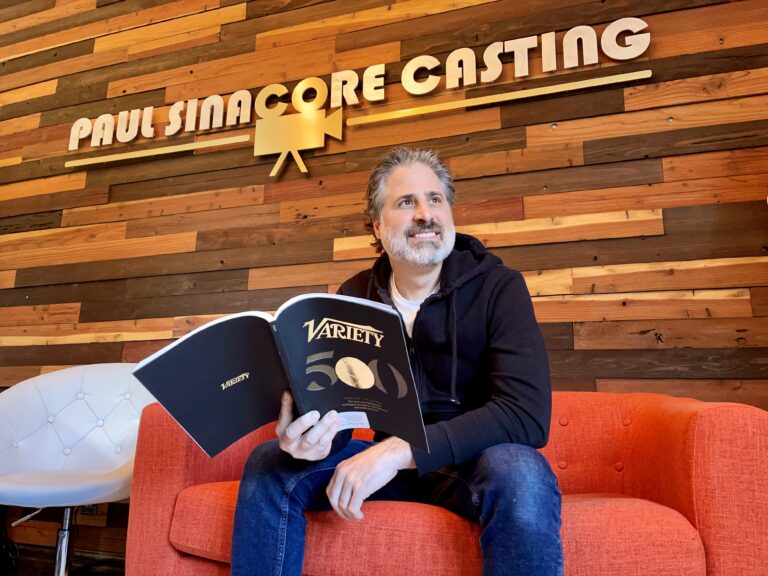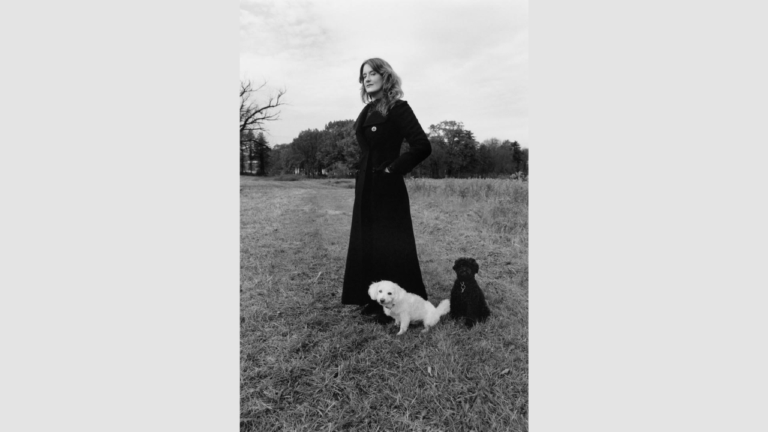Like it or not, monologues during the audition process are here to stay. They survived the increased use of cold reads and the advent of taped auditions, and they will likely remain in use in general auditions until the end of time. While they can feel awkward and out of context, the fact is they’re a great way to quickly assess an actor’s abilities, and an invaluable tool in acting classes.
Therefore, the ability to find a good audition monologue is a crucial skill to develop.
Know What You’re Looking For
First, you have to know what you’re looking for. What makes a good monologue? More specifically, what makes a good audition monologue? General wisdom is that an audition monologue should be active as opposed to narrative. Meaning rather than telling a story of a past event, directors and casting directors prefer to see the arc of your character as they try to affect someone, needing something from their invisible scene partner, and the tactics they use in pursuit of that need. While there are exceptions to every rule, this is generally a good place to start.
The Real Monologue Lies in the Scenes
The thing is, when you’re skimming through scripts and your eyes alight on a chunk of text that makes your brain go “monologue!”, chances are that chunk is not the most active part of the script. The real meat usually lies in the scenes. It makes sense; when two characters are interacting, they’re usually trying to get something from each other, which makes the dialogue more active. Instead of chunks of text, start looking for material that has a strong action (or objective).
Start With Stage Plays
Stage plays are a great place to start. They generally have longer scenes, more dialogue and meatier text. Look for a scene where your chosen character has a strong perspective and an arc–your cut monologue needs to have a strong beginning, middle and end.
Of course, sometimes material from a scene doesn’t line up perfectly into a monologue. Once you’ve cut the other character’s lines and any redundant lines, you may still need to cheat a bit. Strive to keep the text as word-perfect as possible, but you may need to tweak it to provide context for the monologue. For example, moving a line up or down, swapping a “he” or “it” for the implied object, is generally acceptable in an audition scenario if it preserves the meaning of the text.
Sometimes a line from slightly later in the scene offers a better button. Occasionally, you can paraphrase the character’s line preceding the beginning of your cut to give context to the piece.
Be careful as you’re cutting. The more you tweak it, the easier it is to end up with something that’s overworked or clunky. Remember, the goal is to deliver a concise monologue with a strong action and varied levels. But beyond that, it’s ok to get a little creative!
Final Takeaways
Monologues are a timeless part of auditions because they quickly reveal an actor’s ability to pursue a clear objective. Finding and preparing the right monologue is a skill that will serve you well throughout your career. Here’s how new actors can approach this essential task with confidence and clarity:
- Choose monologues that are active and show your character trying to get something from an unseen partner rather than just telling a story.
- Look for material within scenes rather than isolated chunks of text that focus on strong objectives and emotional arcs.
- Start with stage plays, which often offer richer, longer scenes perfect for cutting into a compelling monologue.
- When cutting, keep the text as close to the original as possible, but don’t hesitate to tweak lines for clarity or context if needed.
- Aim for a monologue that feels natural and varied in emotion, and avoid overworking it into something stiff or cluttered.
Mastering these steps will help you deliver monologues that feel alive and purposeful, making a strong impression every time you audition.
You may also like:













